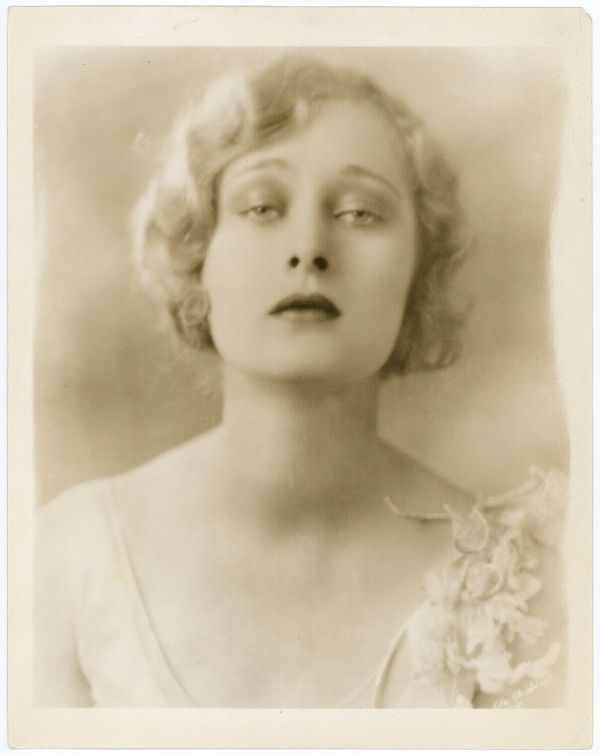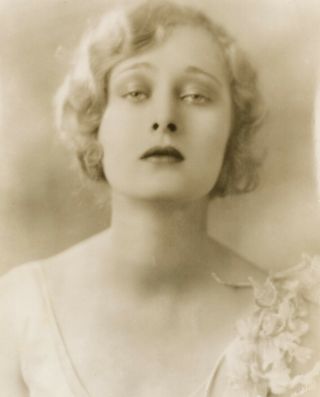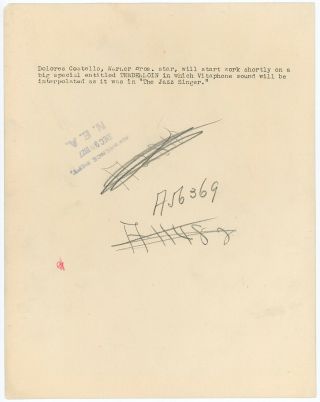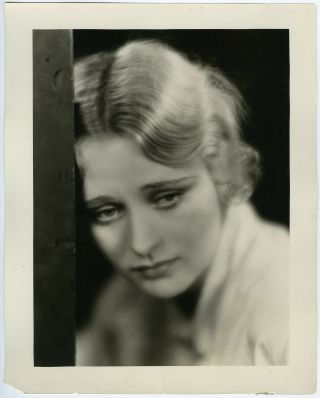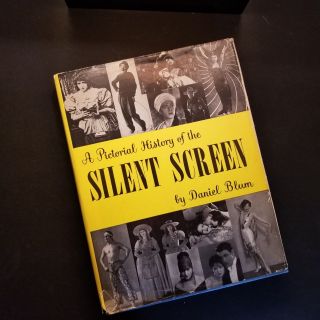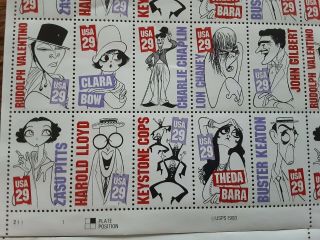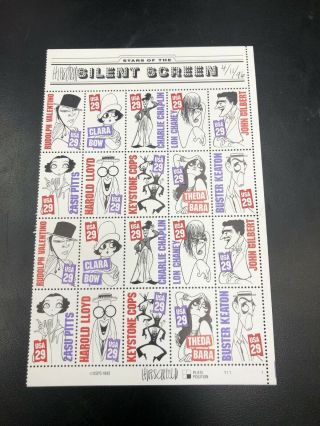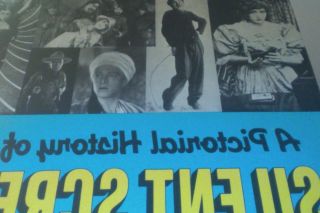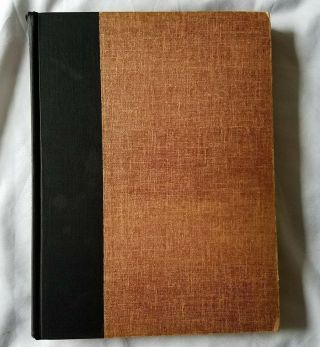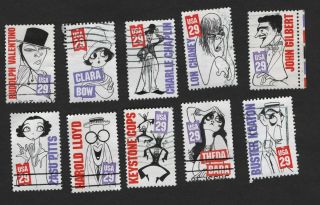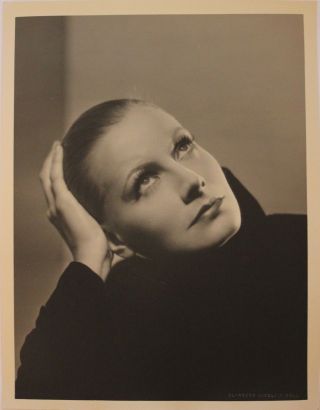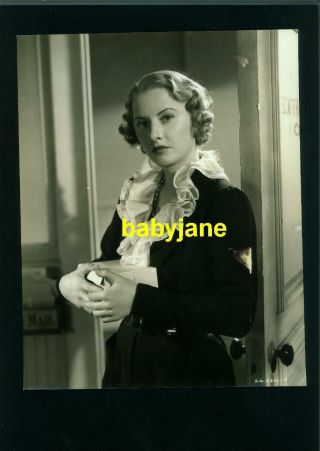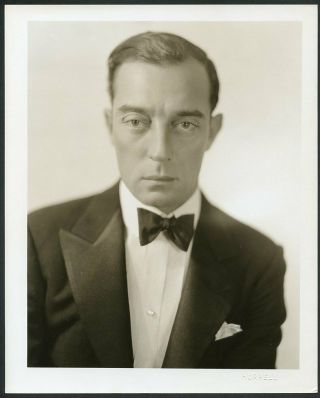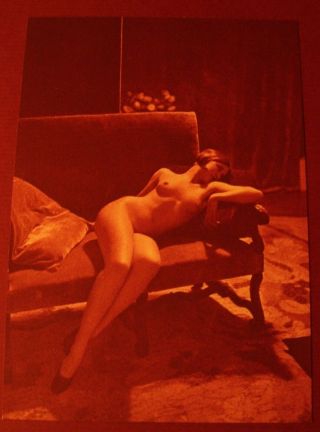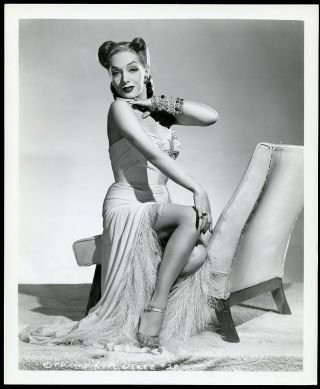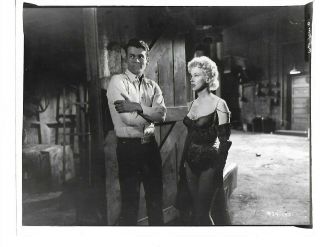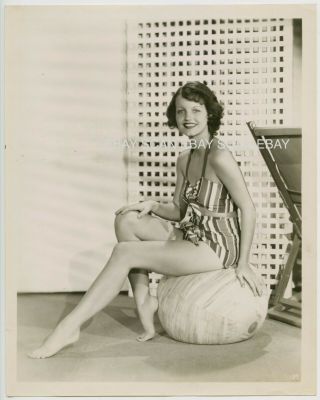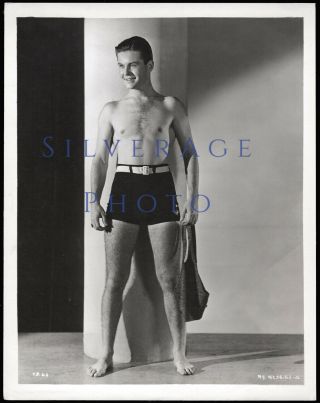Goddess Of The Silent Screen Dolores Costello Vintage Irving Chidnoff Photograph
Item History & Price
Dolores Costello, Warner Bros. star, will start work shortly on a big special entitled TENDERLOIN in which Vitaphone sound will be interpolated as it was in the "The Jazz Singer."
Photograph measures 8" x 10" on a glossy single weight paper stock. Typed studio text, reference dept. ink stamp, and pencil notations on verso.
Guaranteed to be 100% vintage and original from Grapefruit Moon Gallery.
More about Dolores Costello:
Dolores Costello was once known as the Goddess of the Silent Screen but is probably best remembered today as Drew Barrymore's grandmother. She was born in 1905 to actors Maurice Costello and Mae Costello. Her father began his film career in 1908. He would soon become the most popular matinée idol of his day. He gave Dolores and her sister Helene Costello their screen debuts in 1911. Dolores appeared in numerous pictures throughout the 1910s and the early 1920s, mostly with her father and sister. She later appeared on the New York stage with her sister in "George White Scandals of 1924". They were then signed by Warners Bros. where Dolores met future husband John Barrymore.
Barrymore soon made Dolores his costar in The Sea Beast (1926). During their lengthy kissing scene Dolores fainted in John's arms. They married in 1928 despite the misgivings of her mother, who would die the following year at the age of 45. They had two children, DeDe in 1931 and John Drew Barrymore in 1932. Dolores took time off from her movie career in the early 1930s to raise her young children. Her sister Helene and her new husband, actor Lowell Sherman, successfully convinced Dolores to divorce Barrymore in 1935, mainly because of his excessive drinking.
After the divorce Dolores returned to acting, appearing in several big-budget pictures, and her career seemed to be back on track. Her physical appearance, however, was greatly damaged due to the harsh studio make-up used in the early years. The skin on her cheeks was in the process of deteriorating, forcing her into early retirement. She lived in semi-seclusion on her Southern California avocado farm, Fallbrook Ranch, where much of the memorabilia and papers from both the Barrymore and Costello family were destroyed in a flood.
- IMDb Mini Biography By: Jarod Hitchings
More about Irving Chidnoff:
Russian-born celebrity photographer Irving Chidnoff founded his studio in 1925 and for thirty years would photograph the famous and would-be famous of New York City. From the first he recognized that periodical and newspaper publication was the key to establishing his reputation. Photographing theatrical personalities he saw was the way to break into print. His first sale to the New York Times was a full-body portrait of Dorothy Brown in the operetta "Polly" published on October 25, 1925. Four months later, Edward Steichen accepted Chidnoff's first submission to Vanity Fair. Because of the number of talented photographers working in Manhattan, Chidnoff knew he would have to diversify to survive. By late 1926 he was doing fashion photography in addition to portraiture. In 1928 he entered aggressively into the Society portrait trade and quickly established himself as a power, rivaling Ira Hill and Hal Phyfe, and eclipsing them among the New York City's Jewish elite. In 1931 his wedding portraits to the New York Times outnumbered his theatrical images for the first time, as they would throughout the remainder of his career. Even in the social conscious 1930s, Chidnoff's disavowal of glamour put him at odds with Hollywood aesthetics; fortunately, his humanistic style better suited the style of the theater. His 1930s portraiture communicated a humanity and solidity that clients found extremely attractive. In the mid 1930s Chidnoff turned his camera from the stage to the concert house, concentrating on portraiture of classical musicians. By the late 1940s he had retired to Miami, selling both his name and facilities.
Throughout much of the 1930s Chidnoff operated as a major photographer of University yearbook portraits. His mobile team of photographers included James and Lou Colonna, Sol Herzon, and record keepers Margaret Richards and Ann Harvey. The volume of these images kept the Studio solvent during a difficult decade for celebrity photography. He published these until 1946. At that juncture Chidnoff turned the management of the studio over to a member of his staff. The studio remained open until the mid 1950s as Chidnoff Block.
David S. Shields/ALS
Specialty: Early in June 1931 Irving Chidnoff engaged in a widely published debate with John Held and Rolf Armstrong on the visual character of beauty in women. While Held and Armstrong championed the ideals of photogenic glamour as projected by Hollywood and embodied in the images of Greta Garbo and Evelyn Brent, Chidnoff demurred, "An exquisite face and a perfect figure mean nothing at all to me, if the spark of personality is lacking." He confessed that he sought in a sitter a soul more than an image, desiring to see "the brain which shines through the eyes and the character that is revealed by the poise of the head." Chidnoff's emphasis on the face and head in this declaration is mirrored in his photographic works. No one, not even Herbert Mitchell, exposed so many close-up portraits over the course of his lifetime. Even his fashion photography featured waist up apparel and hats. (The few full-body representations in Chidnoff's oeuvre tend to be dancers.) His great success as a Society photographer derived from an ability to capture something in a sitter that he or she recognized as a truth. There was never much artistic manipulation of the negative. There was no expressionist experiment with shadow. There was little self-conscious stylization, and no modernist angles or abstraction. Instead, there was a human palpability to the portraits that made Chidnoff's subjects seem something other than mere celebrties. After the Depression, this plain style humanism seemed somehow an appropriately "realistic" approach.
Biography By: Dr. David S. Shields, McClintock Professor, University of South Carolina, Photography & The American Stage | The Visual Culture Of American Theater 1865-1965



